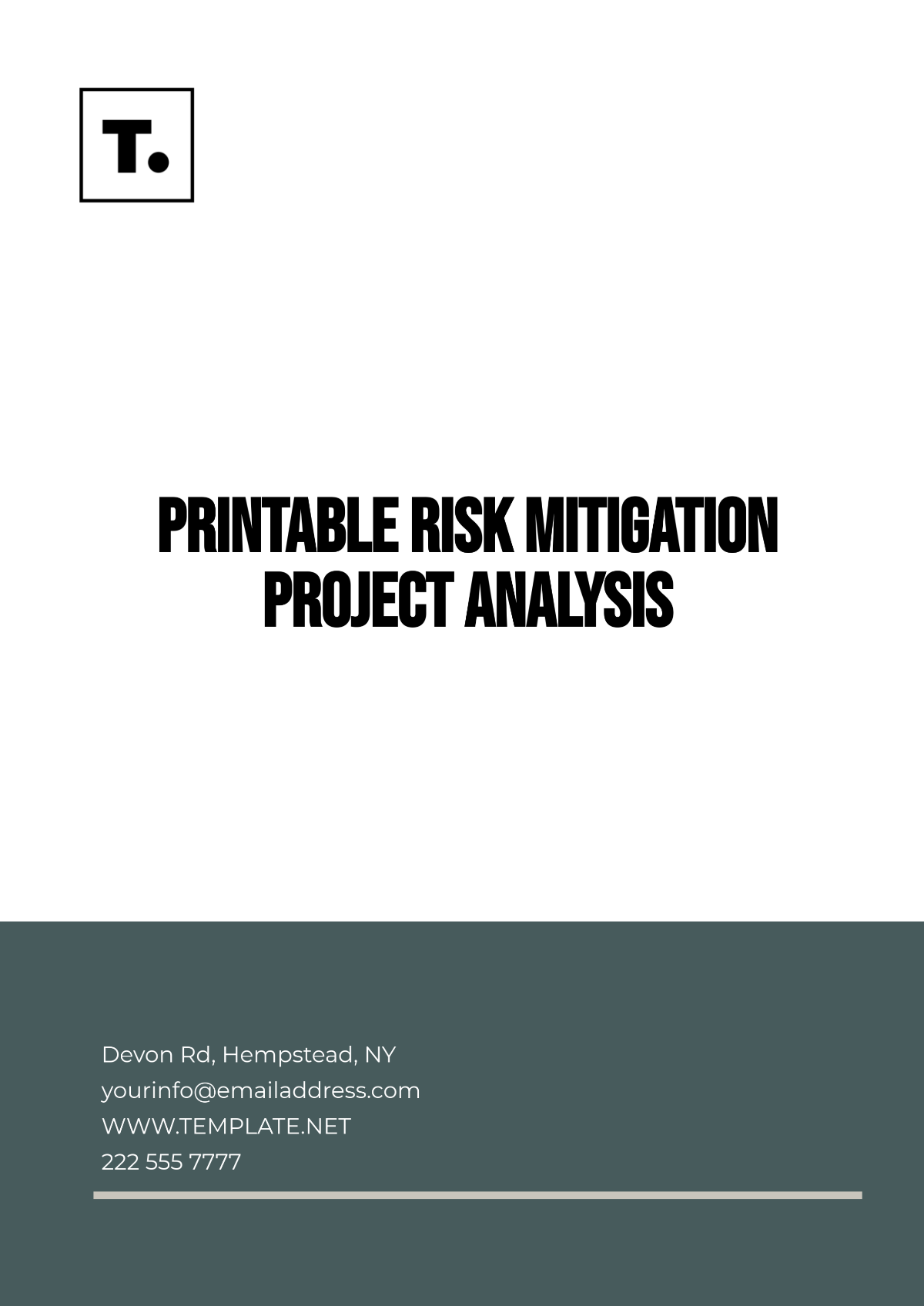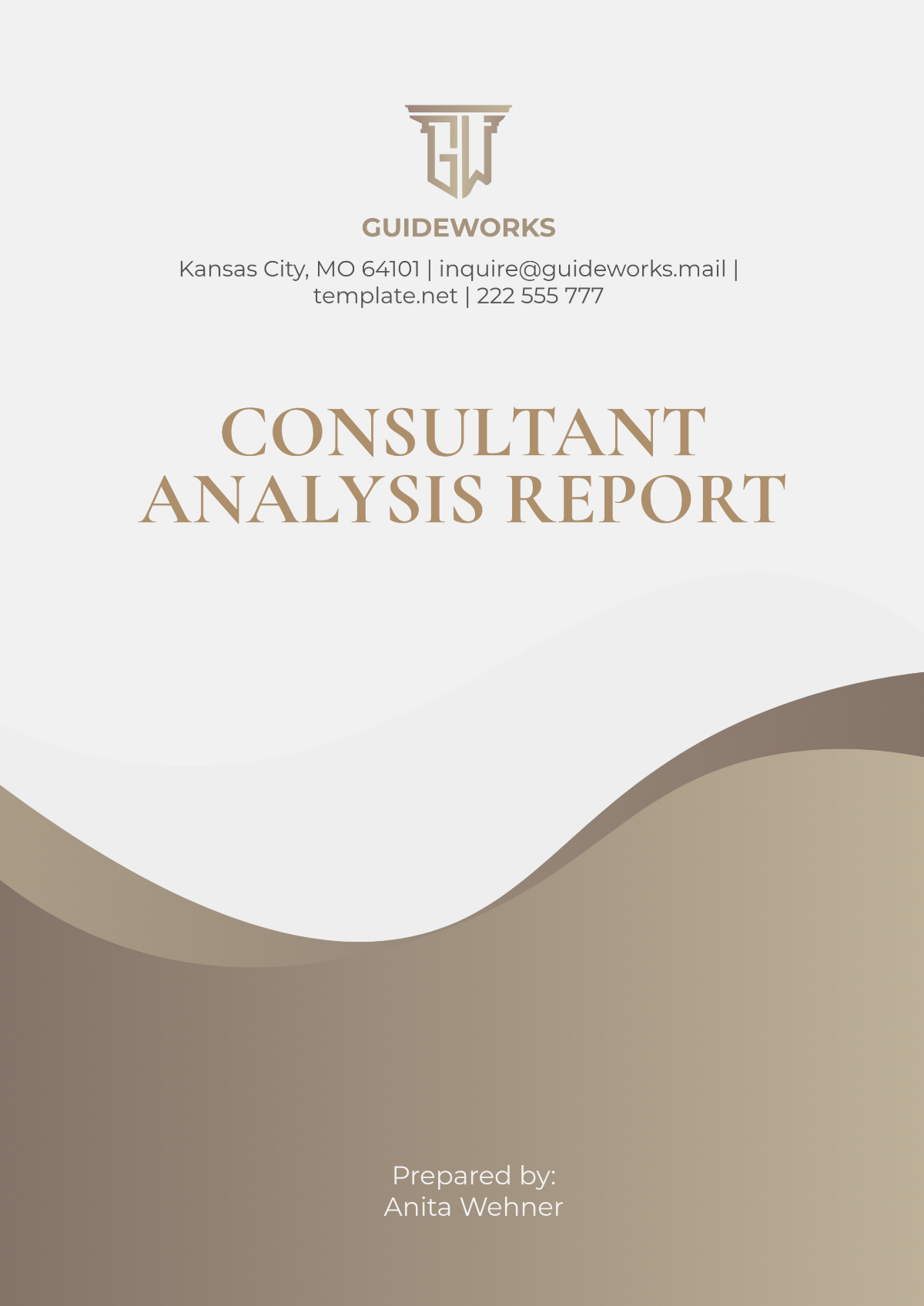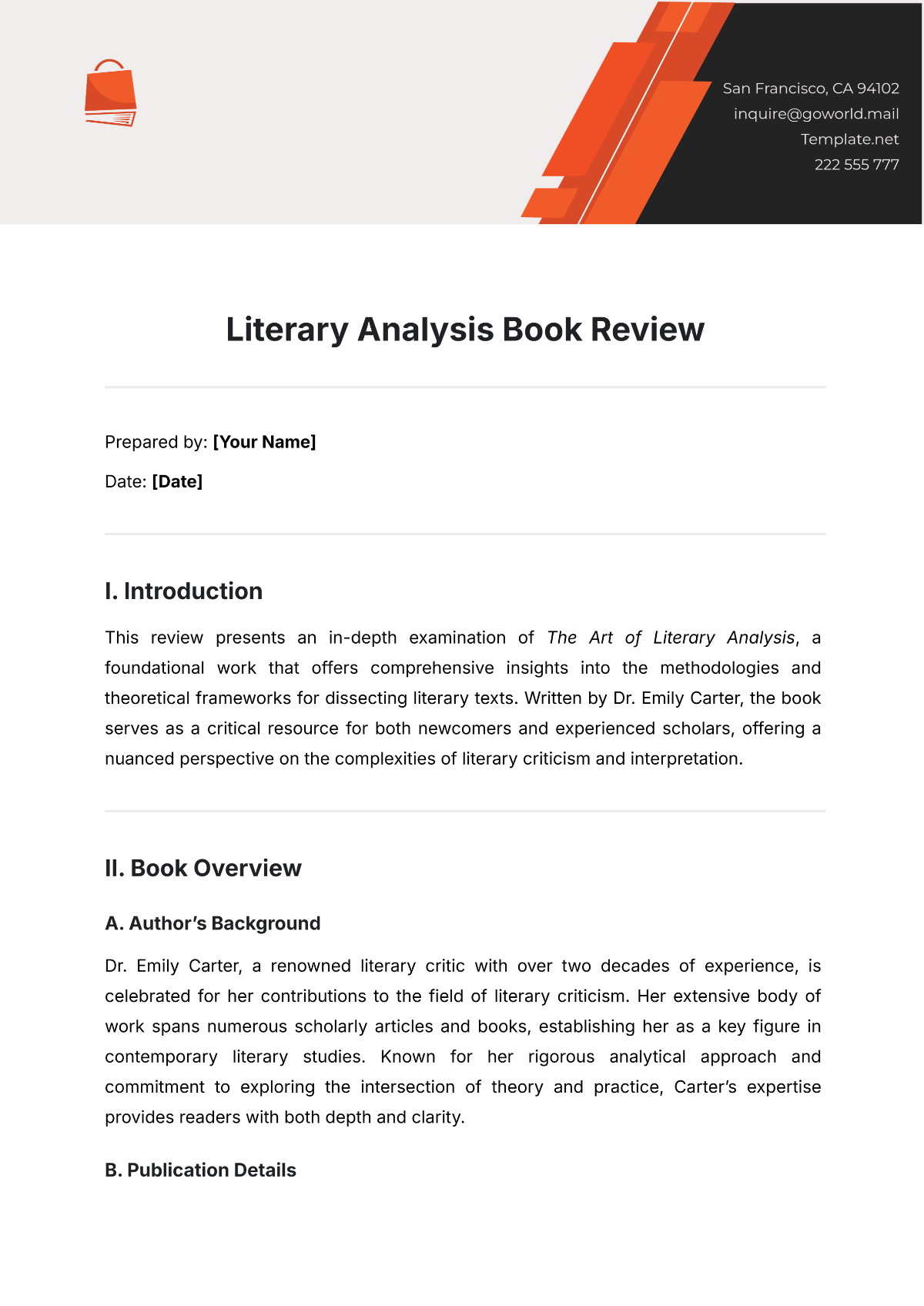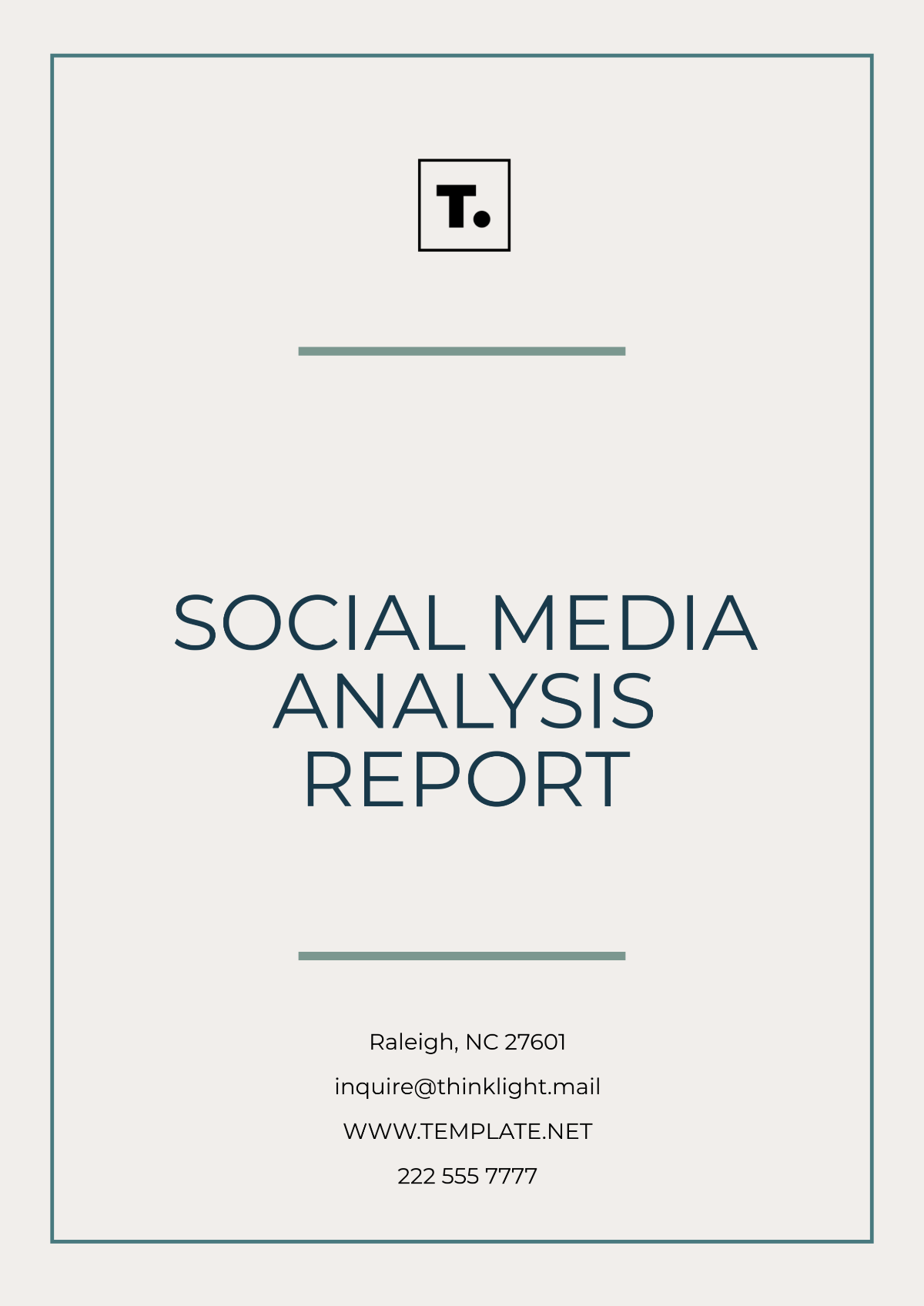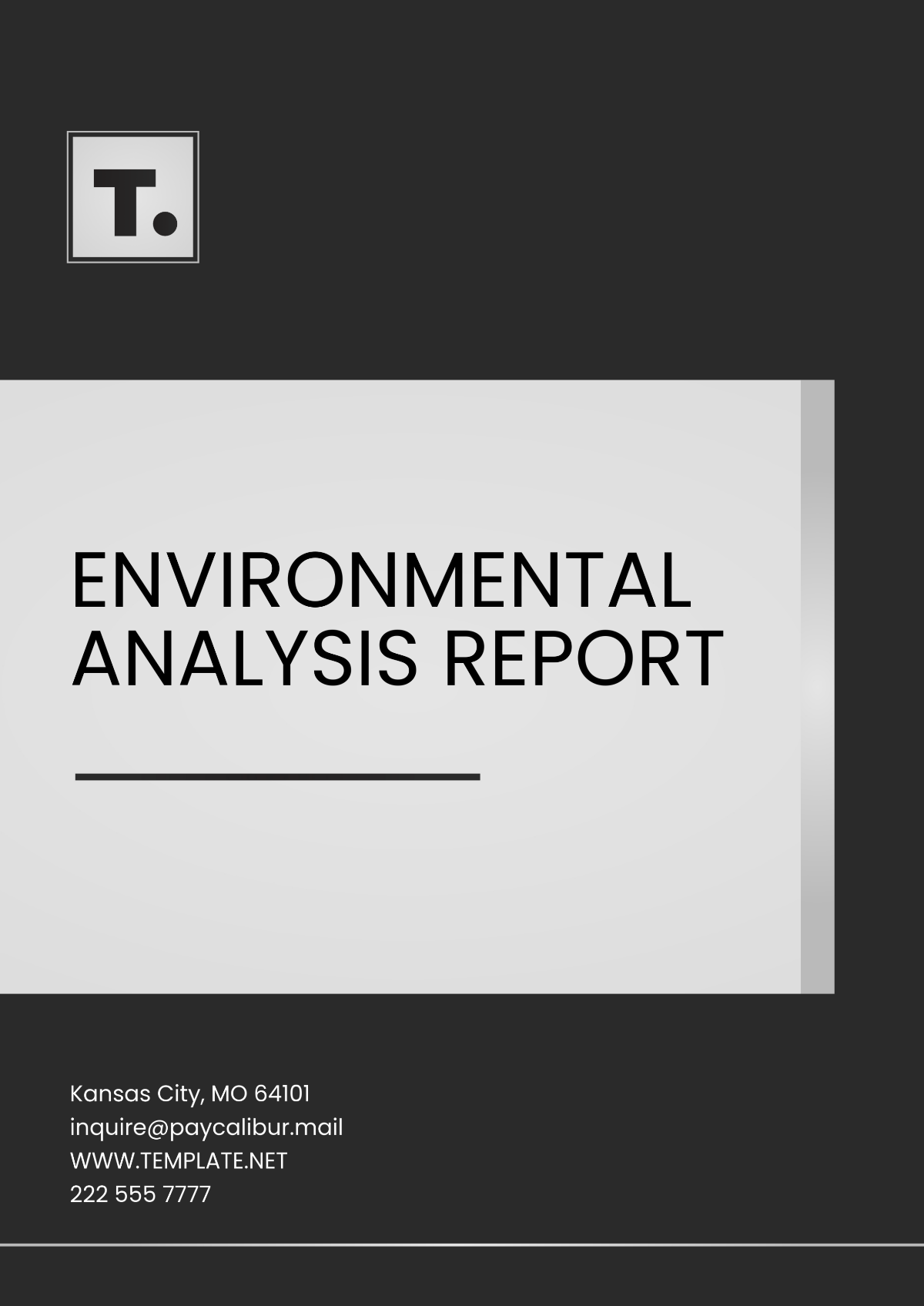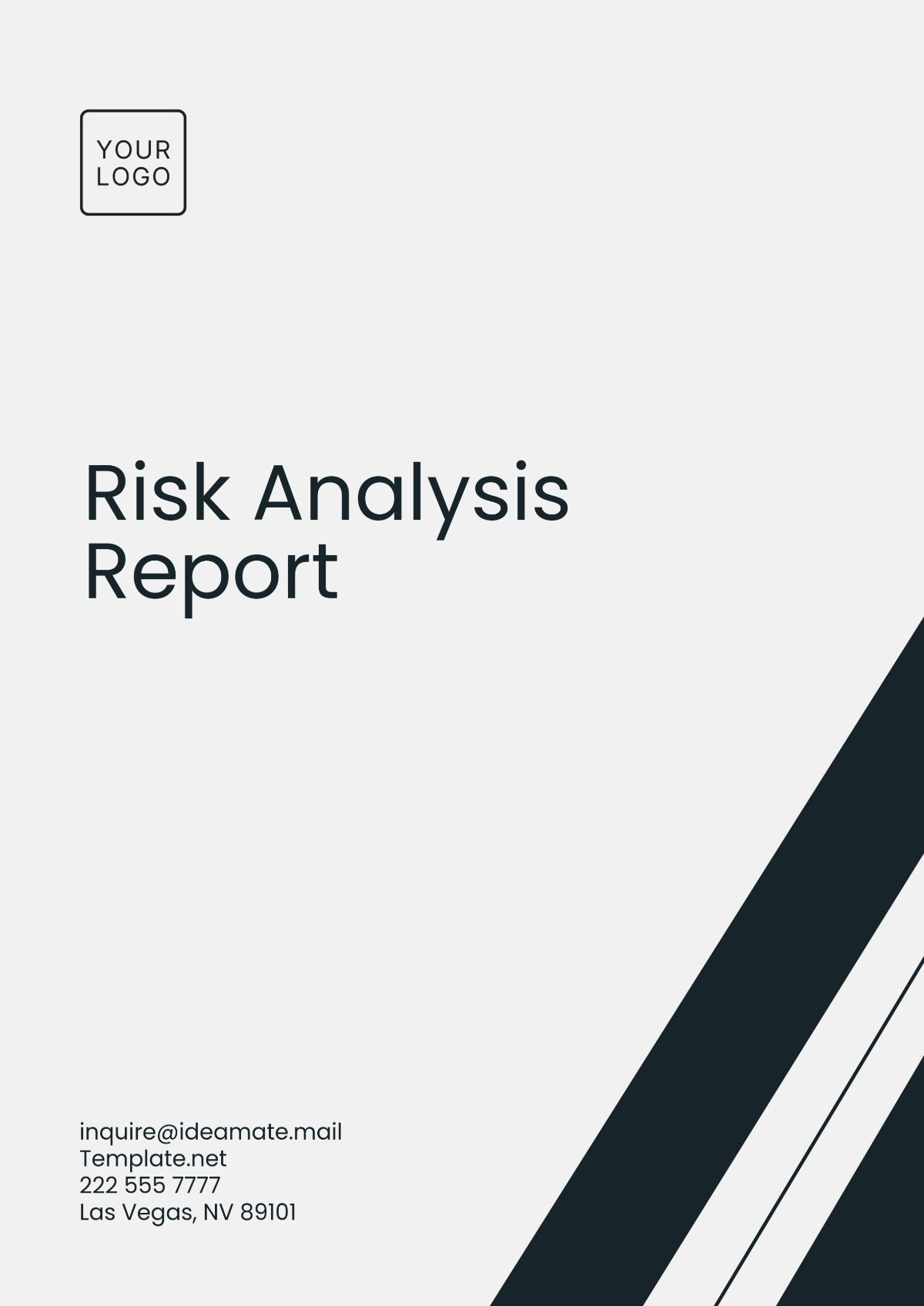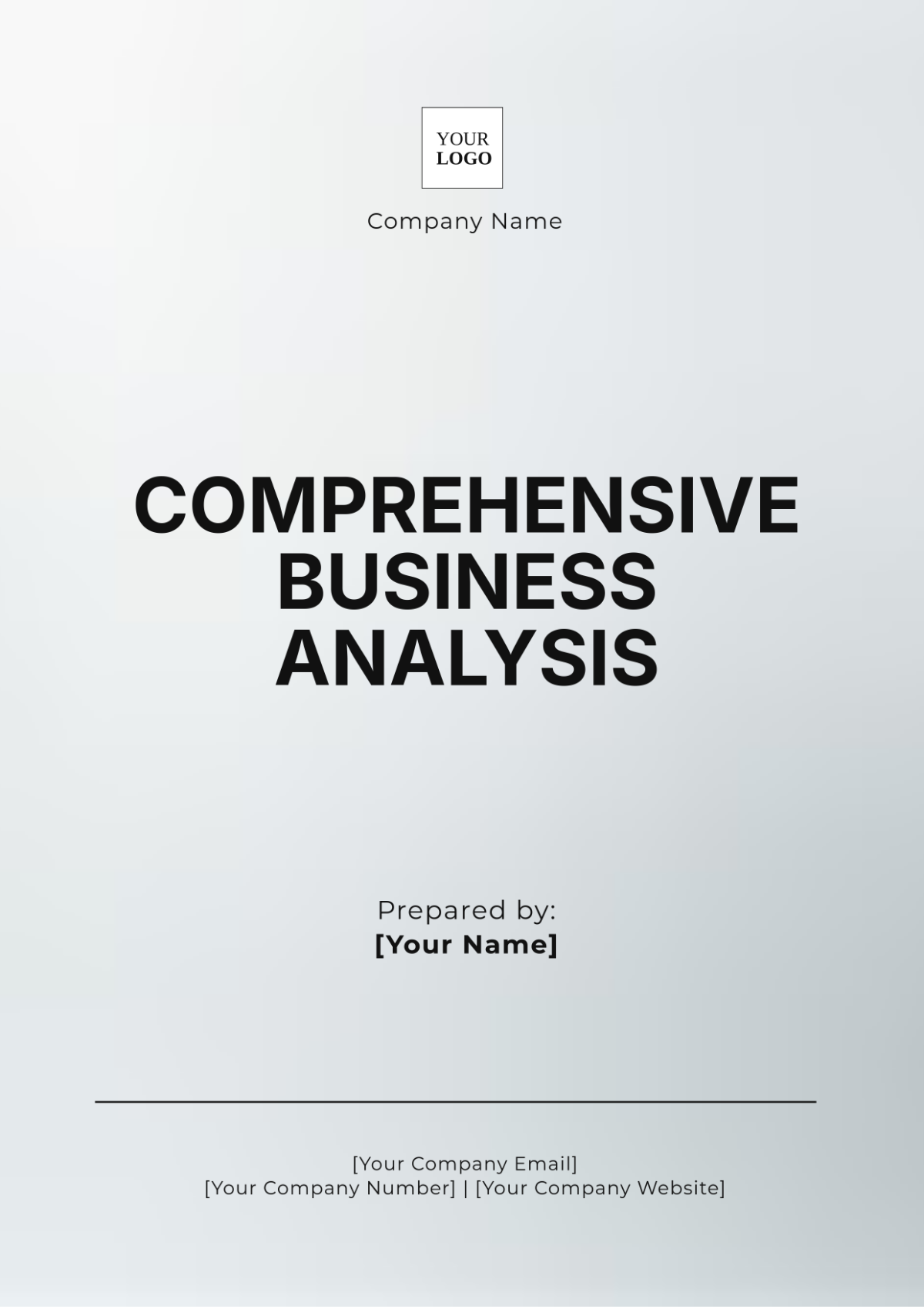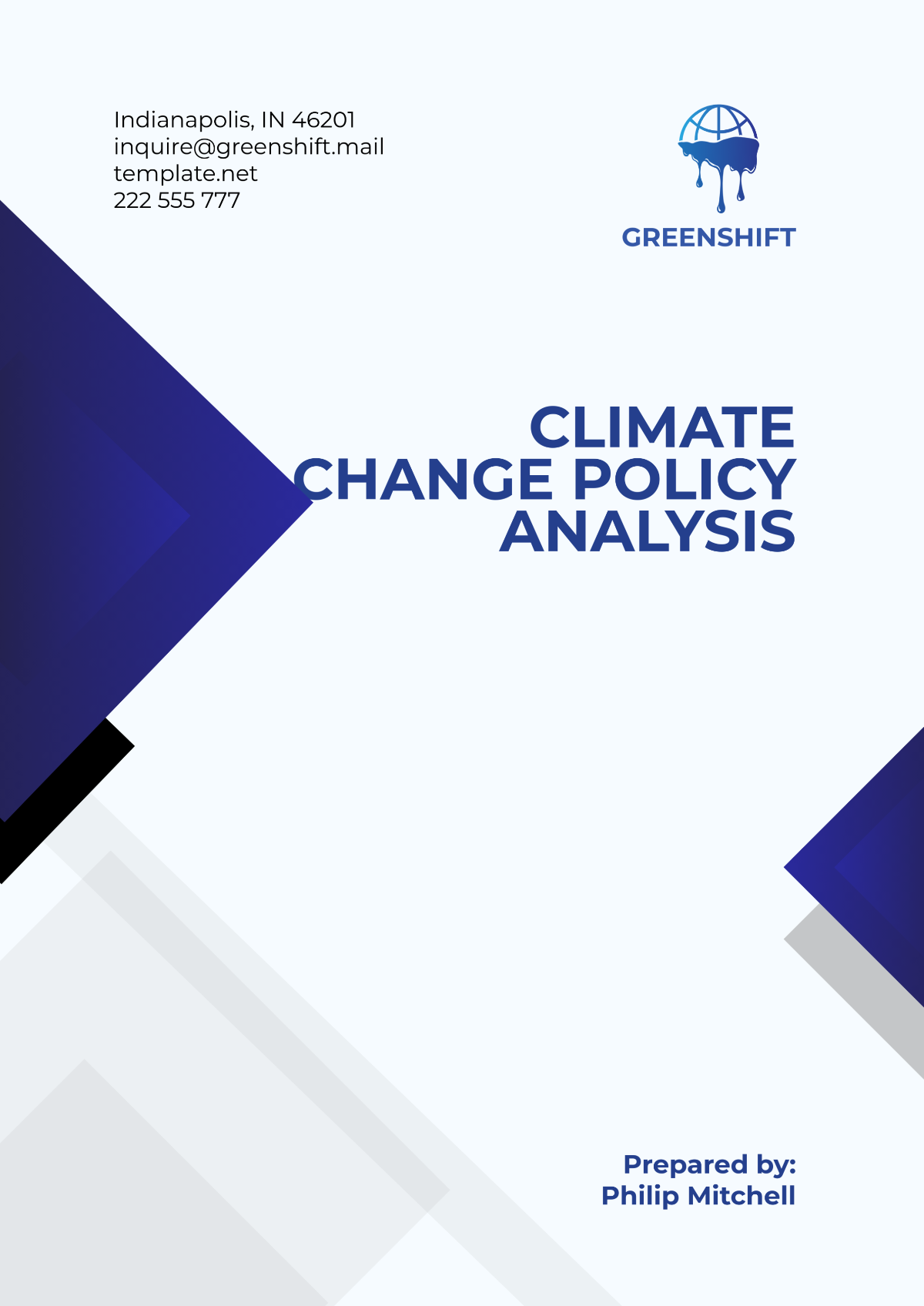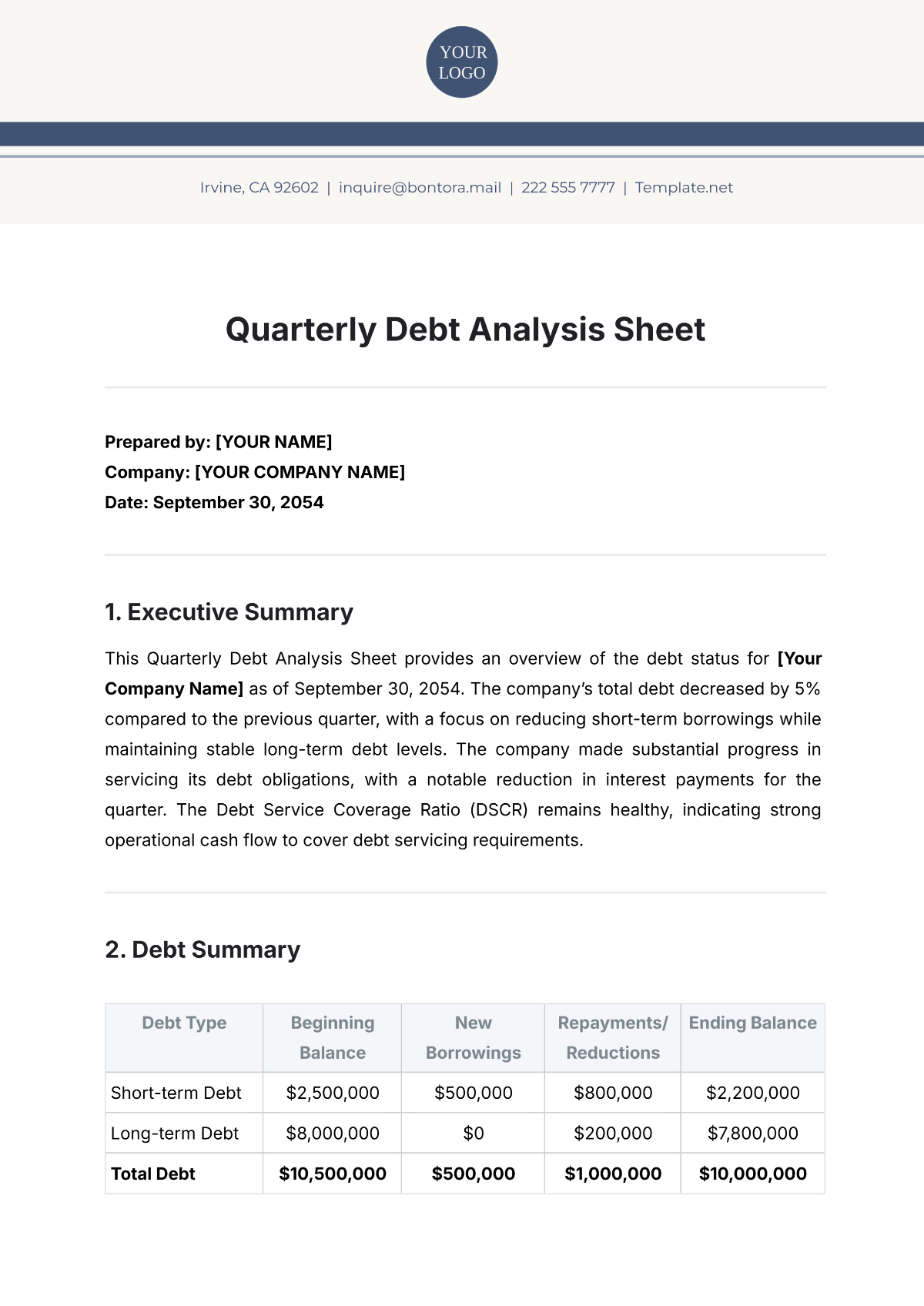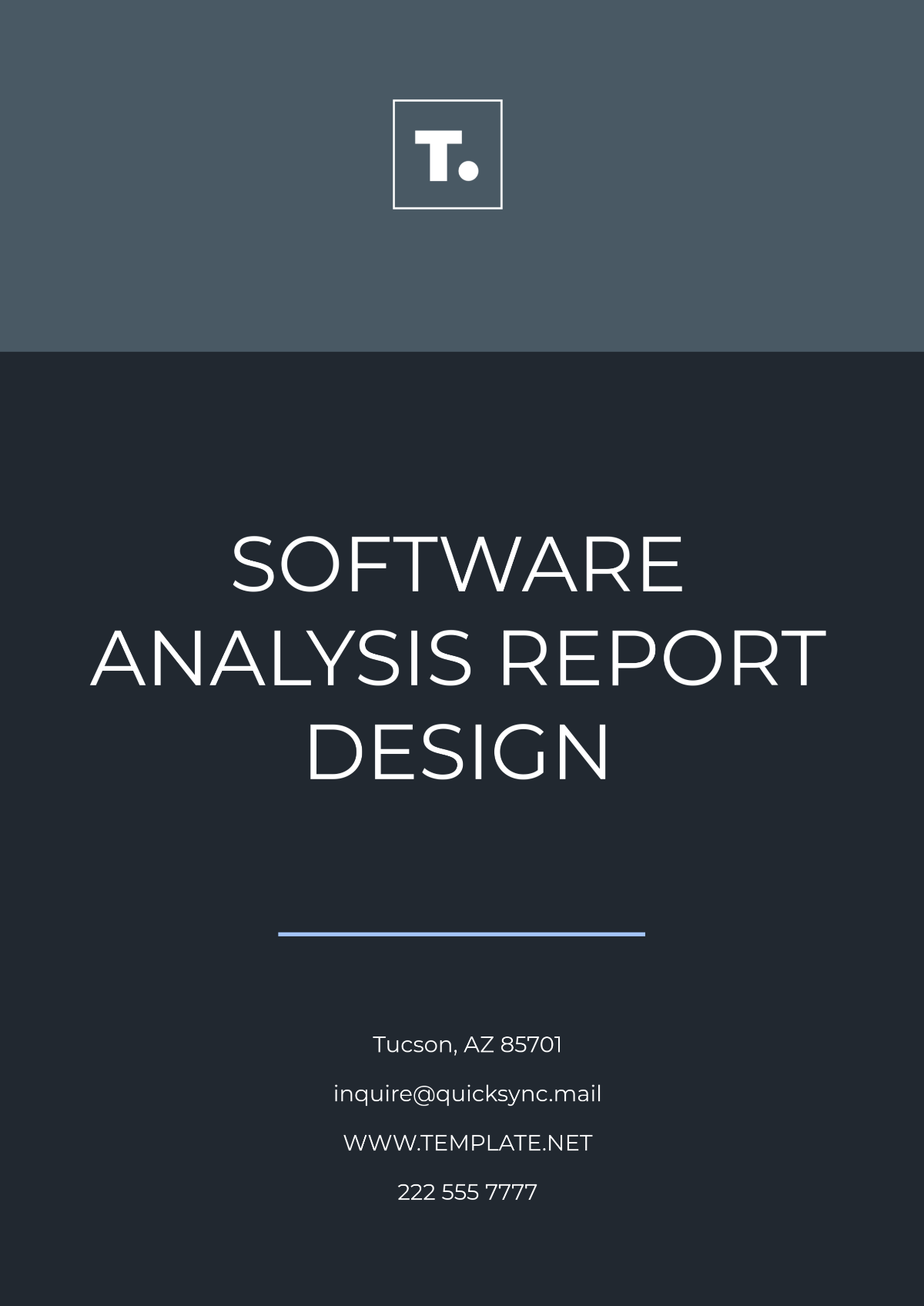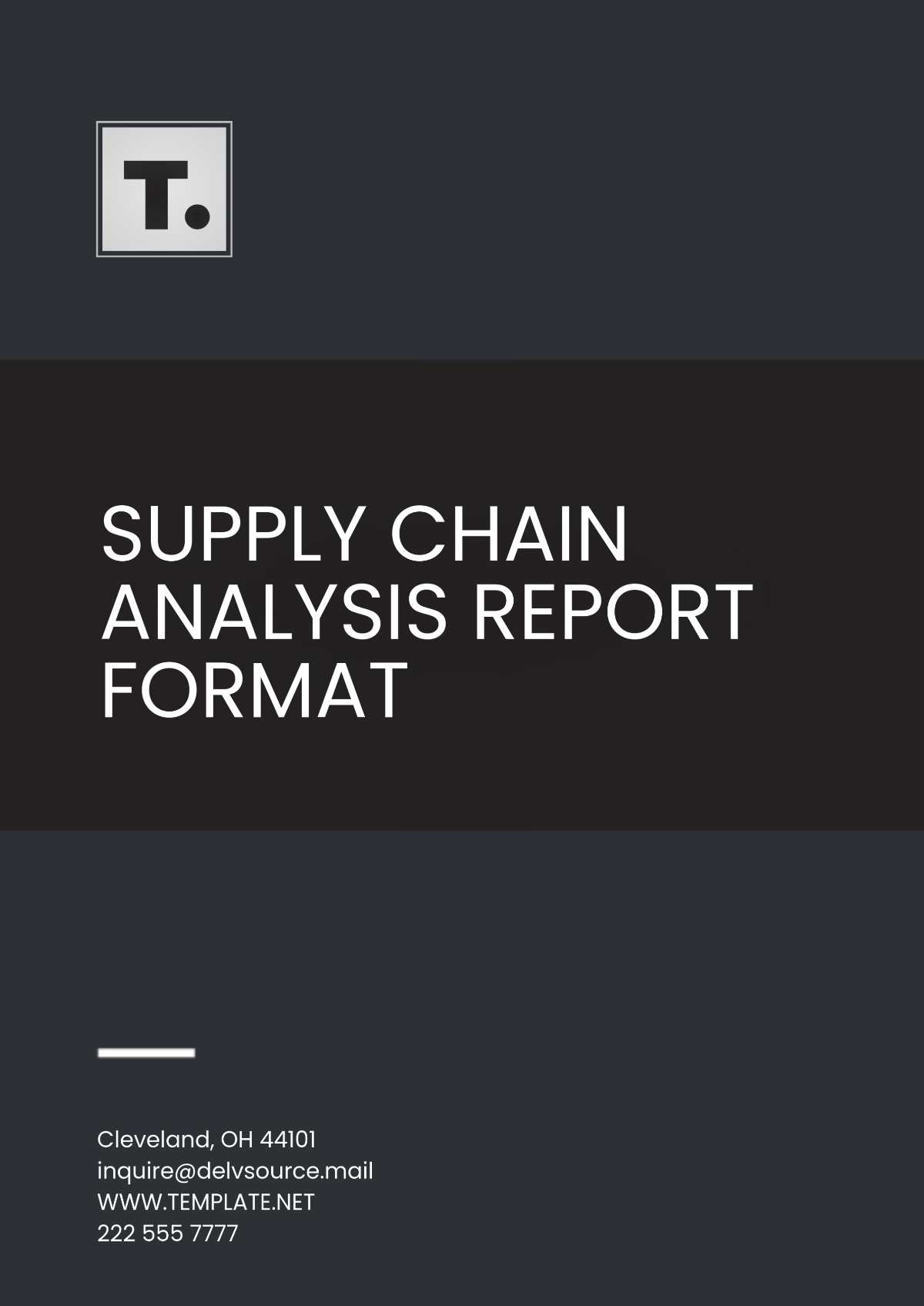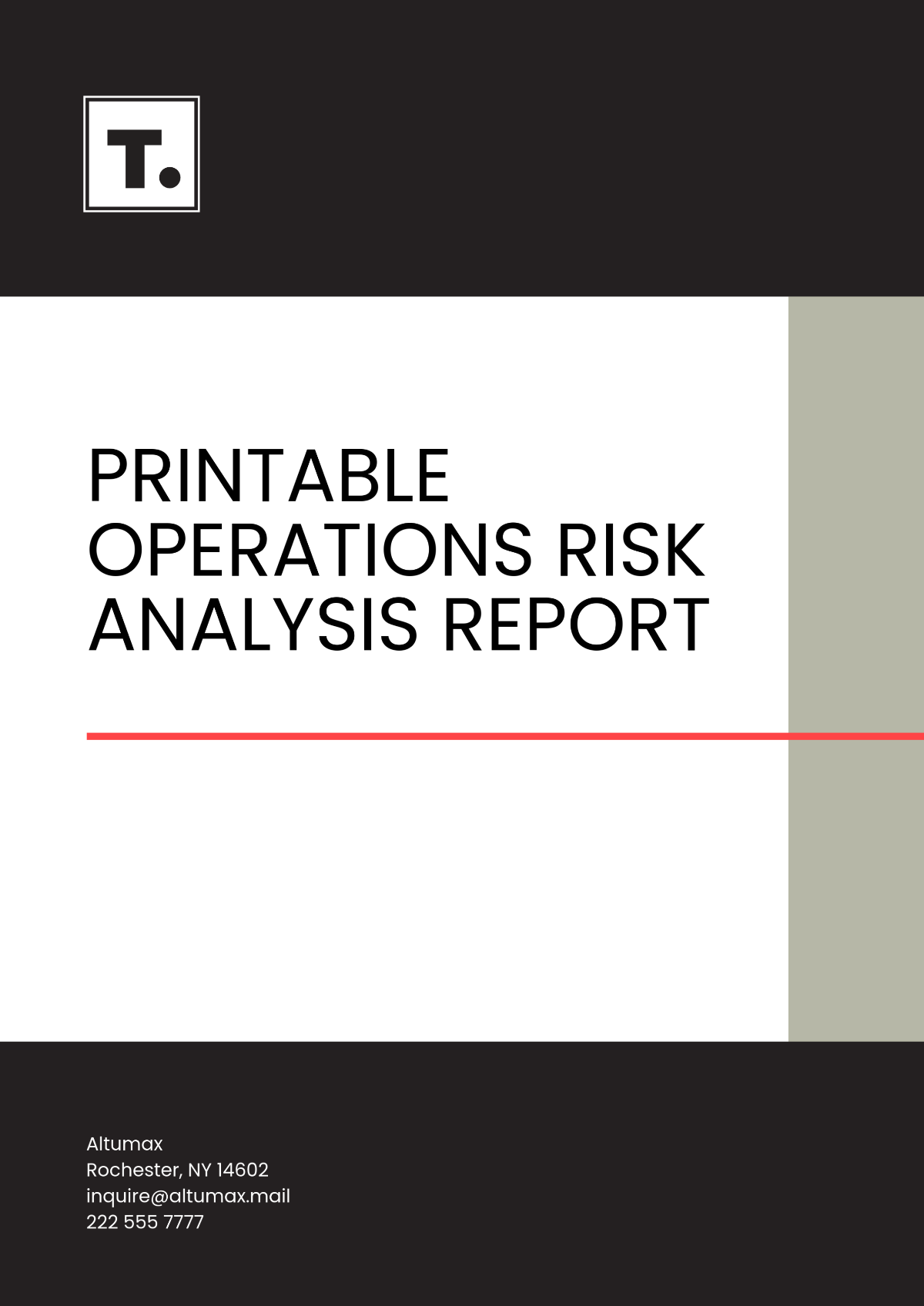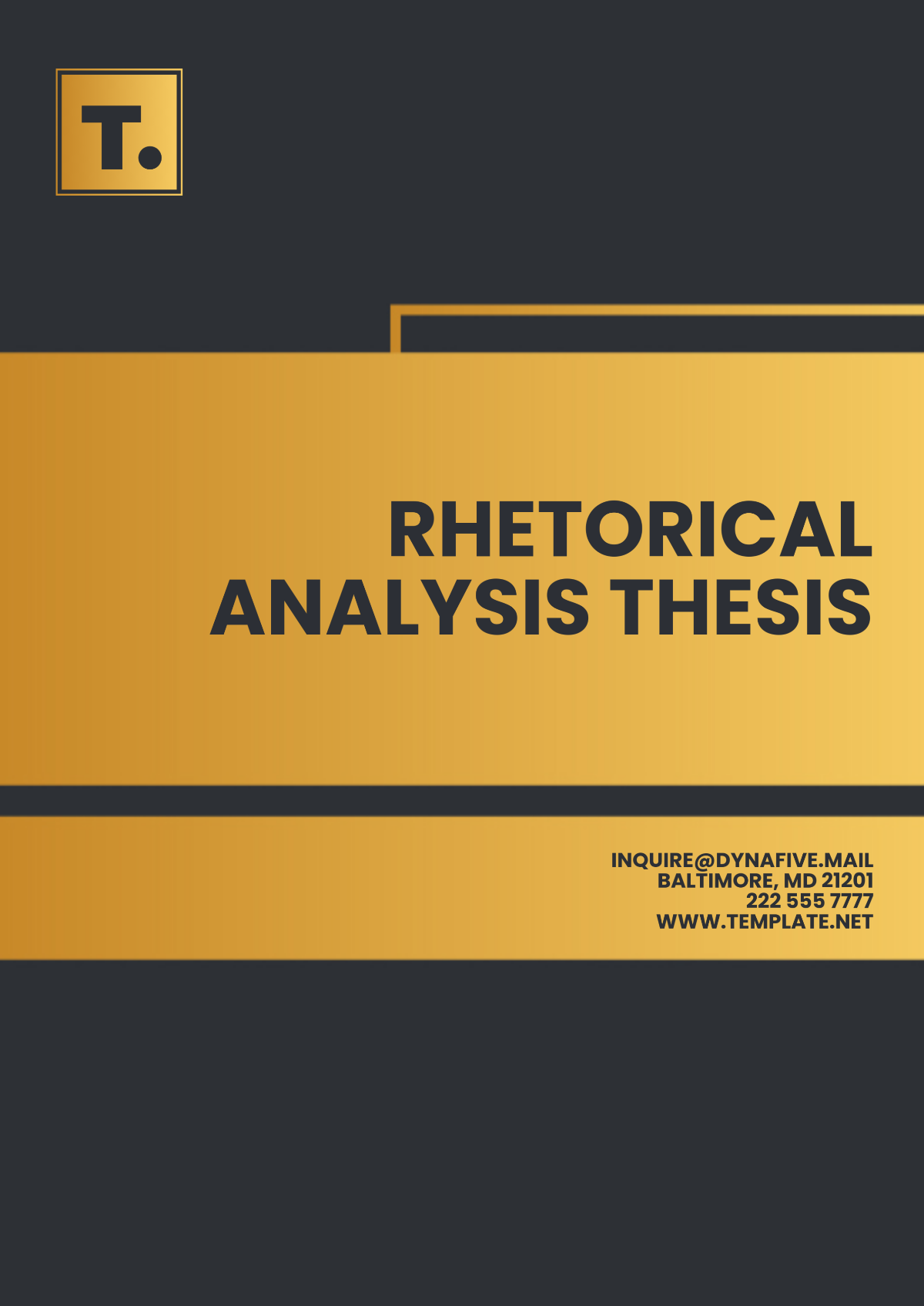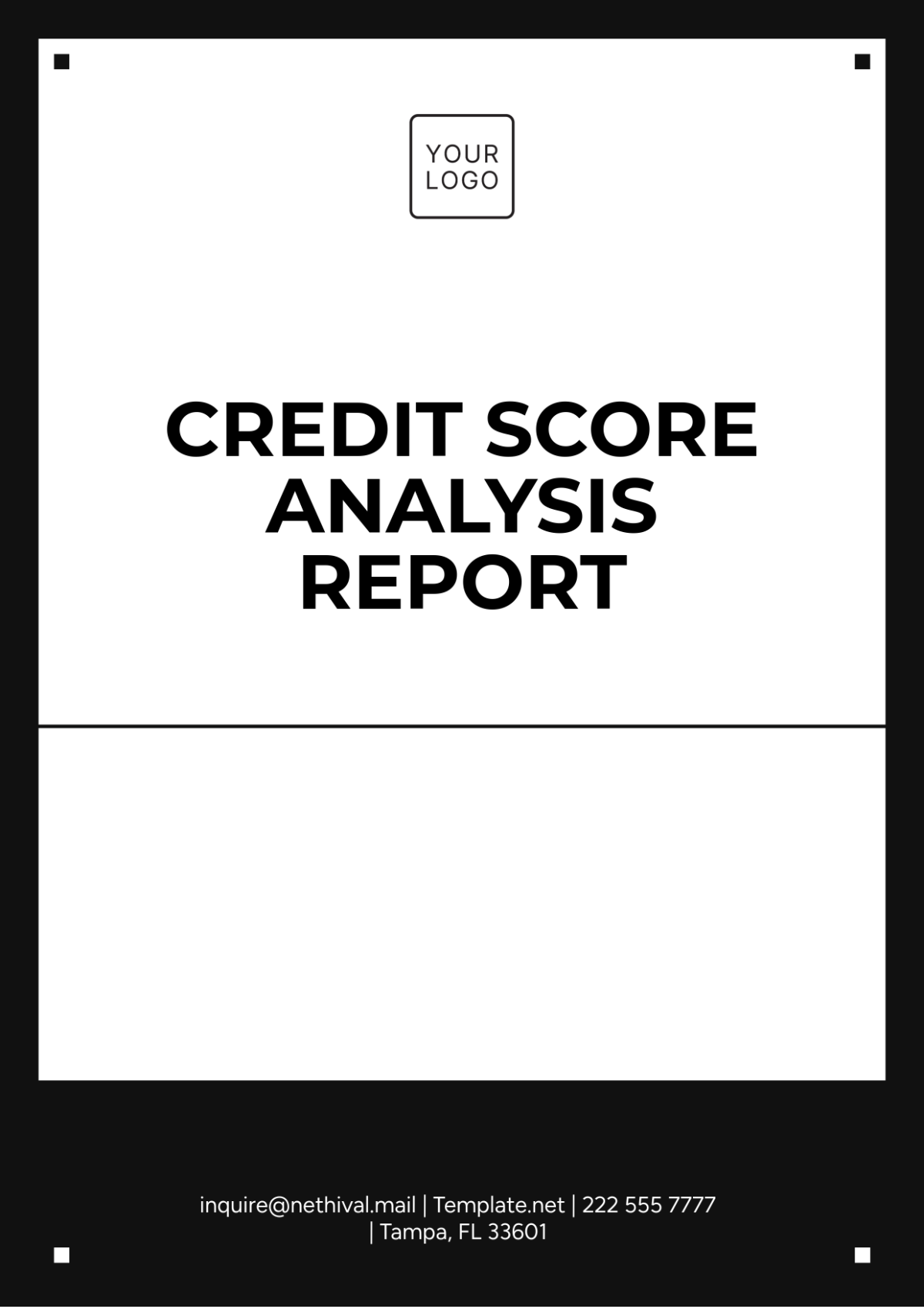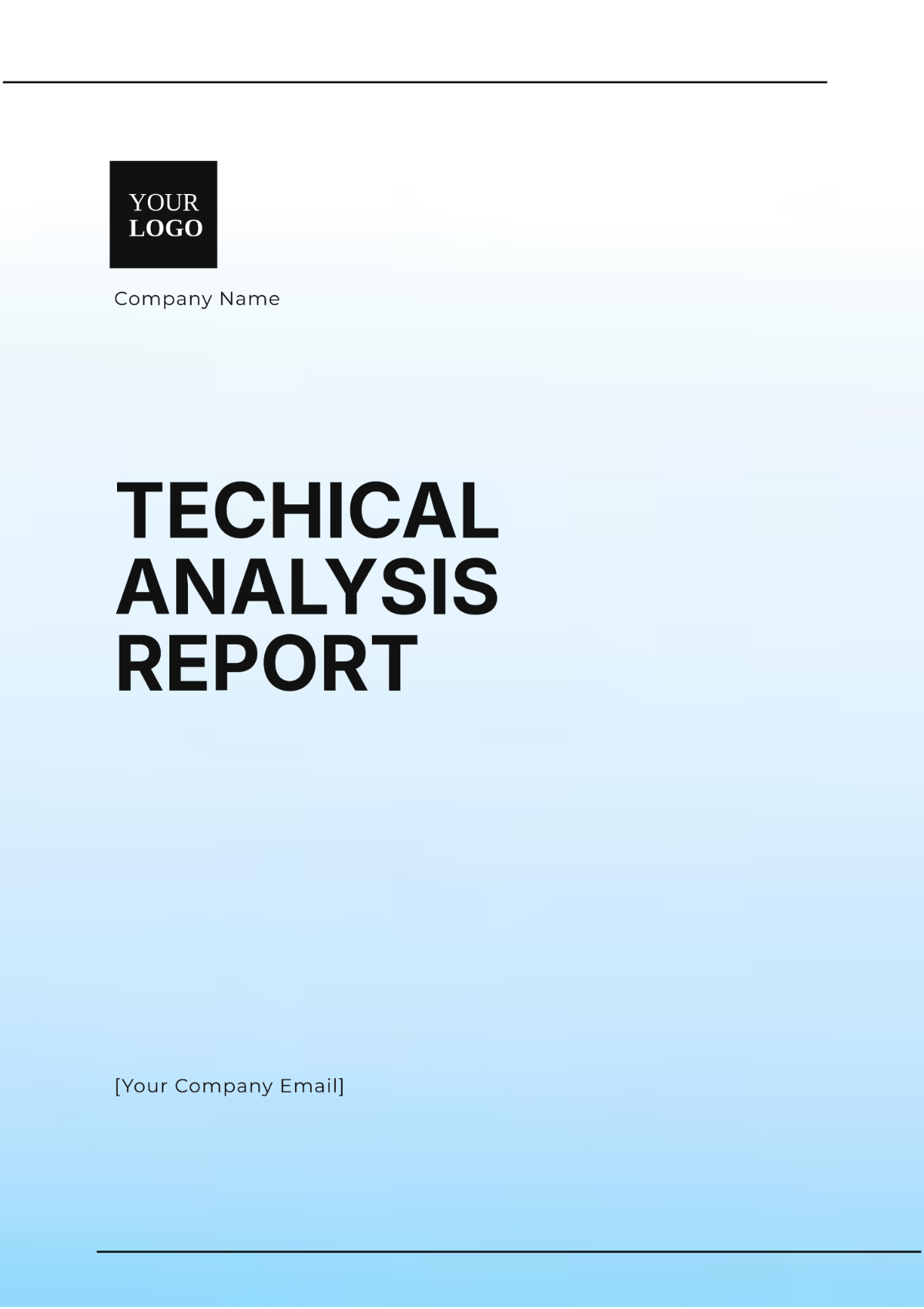Argument Analysis
I. Introduction
In this section, we will analyze an argument presented in an editorial titled "The Case for Renewable Energy." The editorial argues for the adoption of renewable energy sources to combat climate change and promote sustainability.
II. Argument Identification
A. Thesis Statement:
The main thesis of the editorial is that transitioning to renewable energy sources is essential for mitigating the effects of climate change and ensuring a sustainable future.
B. Supporting Arguments:
The editorial supports its thesis by highlighting the finite nature of fossil fuels and the environmental damage caused by their extraction and combustion.
It also argues that investing in renewable energy technologies will create jobs, stimulate economic growth, and reduce dependence on foreign oil.
III. Argument Evaluation
A. Logical Structure:
The editorial presents a logical progression of ideas, starting with the problem of climate change and concluding with the benefits of renewable energy adoption.
Each supporting argument is clearly linked to the main thesis, enhancing the overall coherence of the argument.
B. Evidence Analysis:
The editorial cites numerous studies and statistics to support its claims about the environmental impact of fossil fuels and the economic benefits of renewable energy.
However, some of the evidence presented could be further scrutinized for reliability and bias.
C. Assumptions:
One underlying assumption of the argument is that renewable energy technologies are sufficiently developed and economically viable for widespread adoption.
Another assumption is that policymakers and stakeholders are willing to prioritize sustainability over short-term economic interests.
IV. Rhetorical Strategies
A. Persuasive Techniques:
The editorial employs persuasive techniques such as appeals to emotion by highlighting the devastating consequences of climate change on vulnerable communities.
It also uses appeals to logic by presenting logical arguments and evidence to support its claims.
B. Tone and Language:
The tone of the editorial is authoritative and urgent, conveying a sense of importance and urgency regarding the need to address climate change.
The language used is clear and accessible, making complex scientific concepts understandable to a general audience.
V. Counterarguments
A. Counterargument Identification:
One potential counterargument to the thesis is the perceived high upfront costs of transitioning to renewable energy sources.
Another counterargument could be the intermittency of renewable energy sources such as solar and wind power.
B. Counterargument Analysis:
While the upfront costs of renewable energy adoption may be significant, the editorial argues that the long-term benefits outweigh these costs.
Similarly, advancements in energy storage technology are addressing concerns about the intermittency of renewable energy sources.
VI. Conclusion
In conclusion, the editorial effectively argues for the adoption of renewable energy sources as a solution to climate change and a pathway to a sustainable future. By analyzing the logical structure, evidence, rhetorical strategies, and counterarguments of the argument, we can better understand its strengths and weaknesses.
Contact Information:
[Your Company Name]
[Your Company Address]
[Your Company Website]
Analysis Templates @ Template.net


